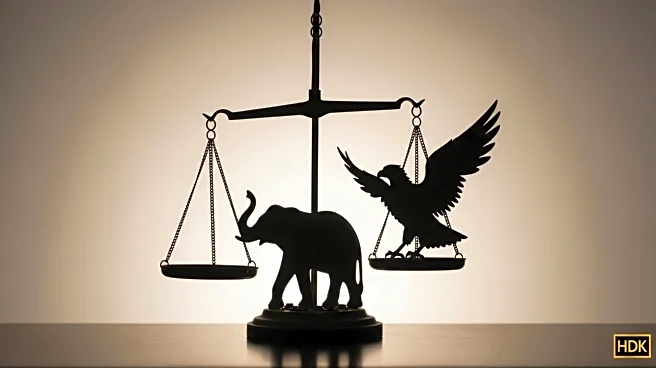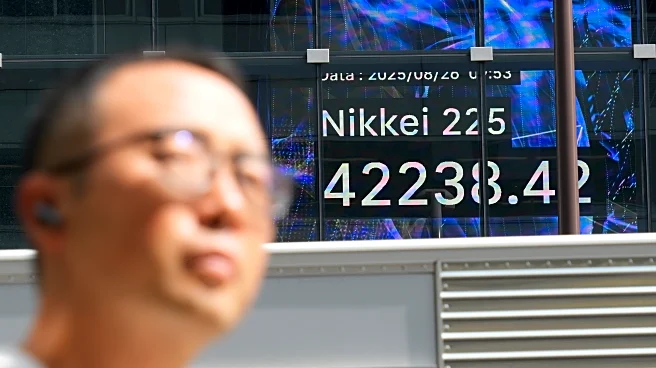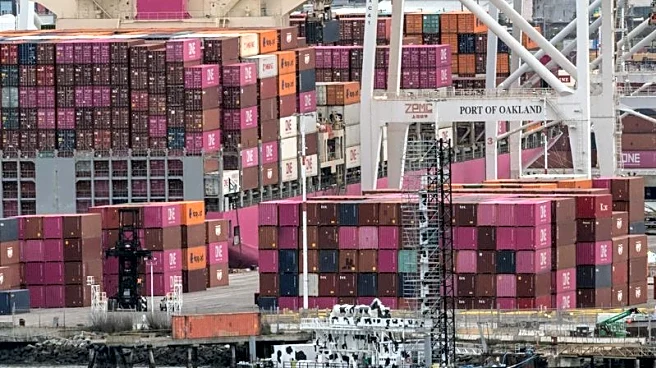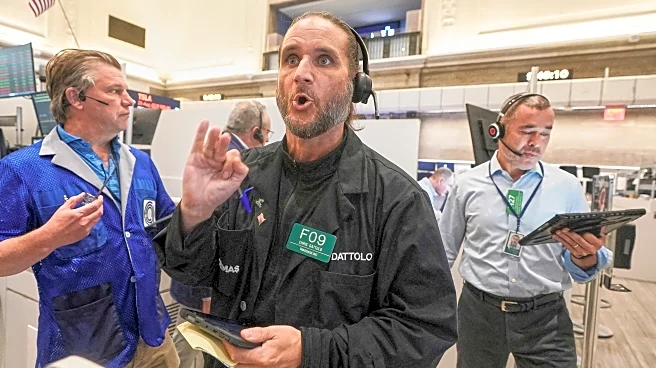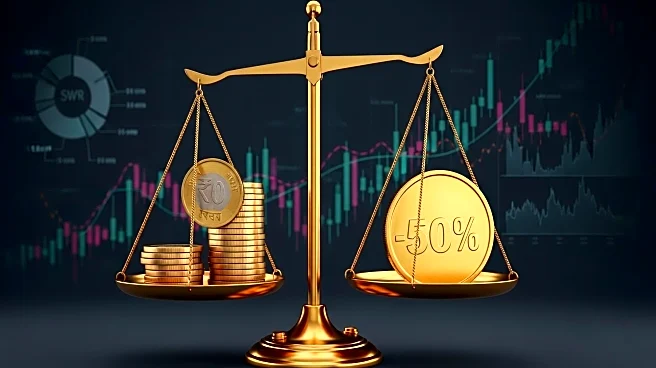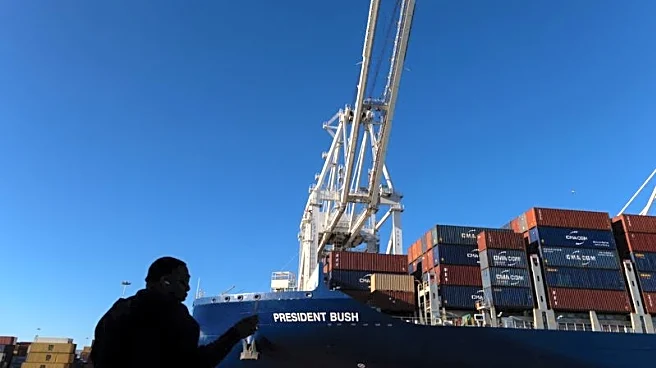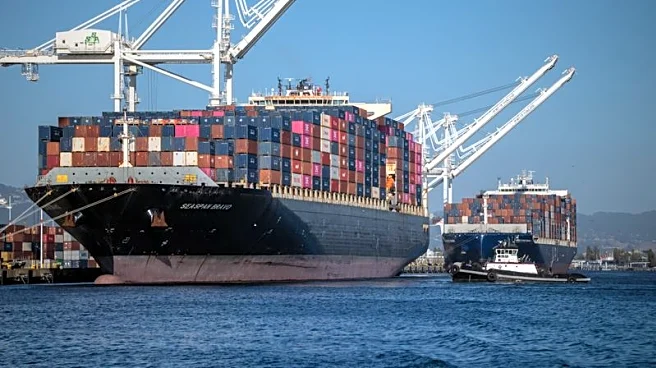What is the story about?
What's Happening?
Best Buy is navigating significant trade policy risks as tariffs reshape global supply chains. The company has reduced its reliance on Chinese imports, shifting sourcing to countries like Vietnam, India, and South Korea. Despite these efforts, Best Buy has lowered its revenue guidance for 2026 due to margin pressures. The broader retail sector is experiencing profit declines as tariffs impact consumer spending and supply chain dynamics. Best Buy's strategy involves geographic diversification and supplier renegotiation to mitigate tariff impacts, but challenges remain in maintaining customer trust and optimizing supply chains.
Why It's Important?
The impact of tariffs on Best Buy and the broader retail sector is significant, as it highlights the vulnerability of companies to trade policy shifts. Tariffs have led to increased costs and reduced profitability, affecting consumer spending and business operations. Best Buy's ability to adapt to these challenges will determine its long-term resilience. The company's strategy reflects the broader industry's need for strategic agility in navigating macroeconomic headwinds. The regressive impact of tariffs on consumer spending suggests that even agile retailers may struggle to insulate themselves from economic pressures.
What's Next?
Best Buy's future involves continued efforts to diversify its supply chain and manage tariff impacts. The company's ability to maintain customer trust while optimizing supply chains will be crucial for its long-term resilience. Investors must weigh these dynamics carefully, as the broader retail sector remains vulnerable to trade policy shifts. Best Buy's strategy, while prudent, reflects the need for ongoing adaptation to changing economic conditions. The company's focus on geographic diversification and supplier renegotiation will be key to navigating future challenges.
AI Generated Content
Do you find this article useful?



